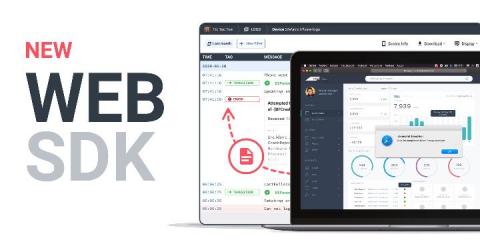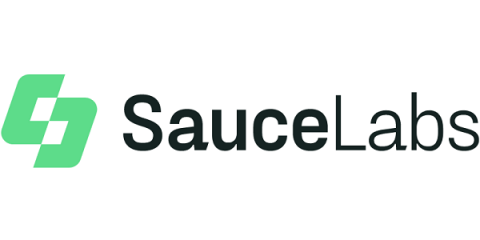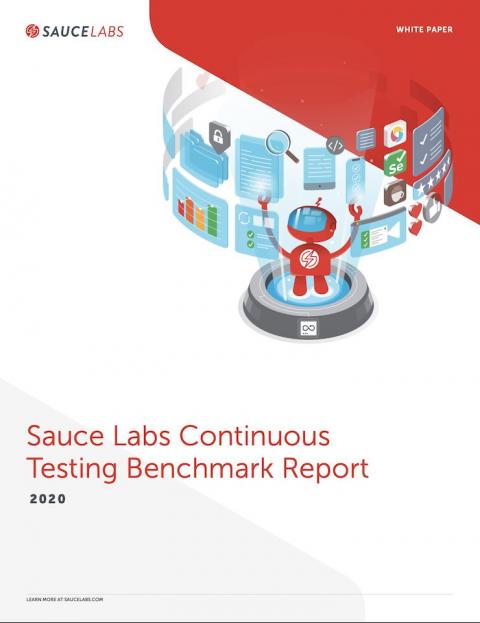Introducing The Bugfender Web SDK
We are thrilled to announce Bugfender’s new javascript SDK for the frontend, which applies the simplicity of our mobile SDKs to web applications. Bugfender JS has all the features that you already know from iOS and the Android SDKs, enabling you to: In this blog, we’re going to tell you how to access our new SDK, provide a quick overview of its benefits, and bring you up to speed with the evolution of the Bugfender project.









